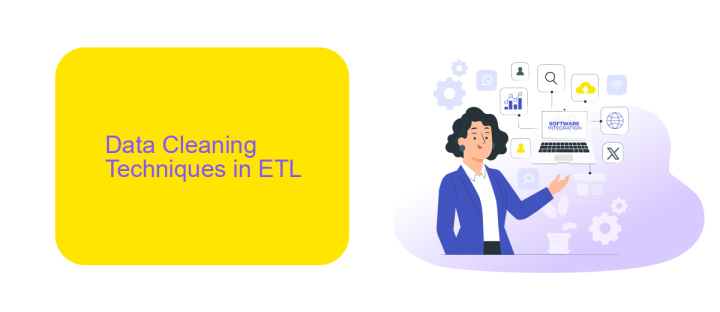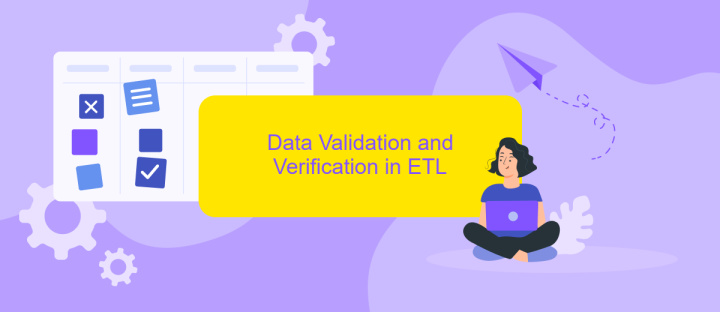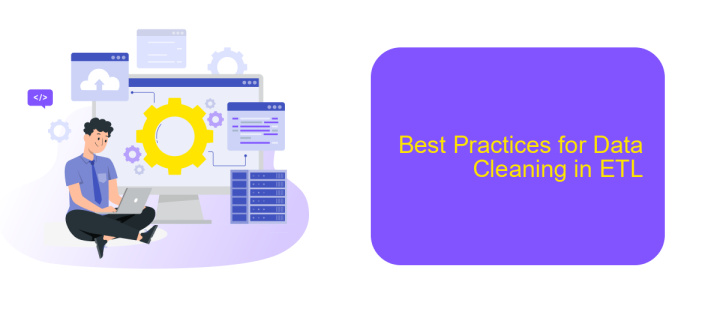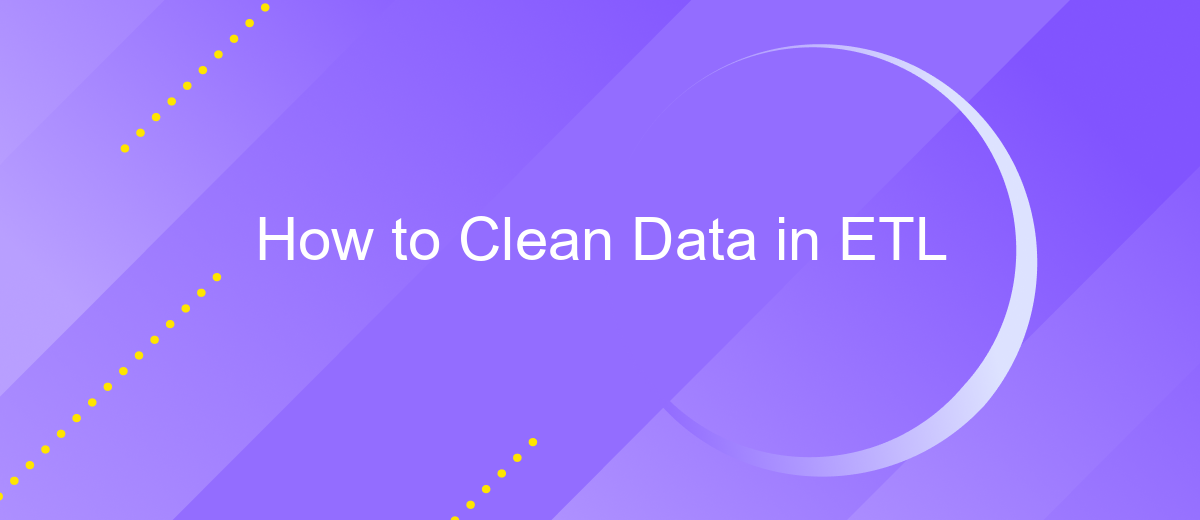How to Clean Data in ETL
Cleaning data is a crucial step in the ETL (Extract, Transform, Load) process, ensuring that the data you work with is accurate, consistent, and reliable. In this article, we will guide you through the essential techniques and best practices for cleaning data, helping you to enhance the quality and integrity of your datasets for better analysis and decision-making.
Introduction to Data Cleaning in ETL
Data cleaning is a crucial step in the ETL (Extract, Transform, Load) process, ensuring that the data being imported into your system is accurate and reliable. Without proper data cleaning, you risk working with incorrect or inconsistent data, which can lead to poor decision-making and analysis. The primary goal is to detect and correct errors and inconsistencies to enhance data quality.
- Identify and remove duplicate records
- Handle missing values appropriately
- Standardize data formats
- Validate data against predefined rules
- Correct structural errors
Using tools like ApiX-Drive can simplify the data cleaning process by automating the integration and synchronization of data from various sources. With its user-friendly interface and robust capabilities, ApiX-Drive helps streamline data workflows, ensuring that the data entering your system is clean and ready for analysis. Investing time in data cleaning during the ETL process ultimately leads to more accurate insights and better business outcomes.
Data Cleaning Techniques in ETL

Data cleaning is a crucial step in the ETL (Extract, Transform, Load) process, ensuring that the data is accurate, consistent, and usable. One common technique is to handle missing values, either by removing incomplete records or imputing missing data with mean, median, or mode values. Another essential method involves detecting and correcting errors, such as duplicates, outliers, and inconsistencies in data formats. Standardizing data formats, such as dates and addresses, ensures uniformity across datasets, making it easier to analyze and integrate.
Automating data cleaning tasks can significantly improve efficiency and accuracy. Tools like ApiX-Drive offer robust solutions for integrating and automating data cleaning processes. By leveraging such services, businesses can set up workflows that automatically detect and correct data issues in real-time. This not only saves time but also reduces the risk of human error. Additionally, ApiX-Drive provides seamless integration with various data sources, ensuring that cleaned data is consistently updated and ready for analysis, ultimately enhancing the overall quality of business intelligence.
Data Validation and Verification in ETL

Data validation and verification are critical steps in the ETL process to ensure data quality and reliability. These steps help in identifying and correcting errors, inconsistencies, and inaccuracies in the data before it is loaded into the target system.
- Data Validation: This involves checking the data against predefined rules or constraints. For example, ensuring that email addresses are in the correct format or that numerical values fall within a specified range.
- Data Verification: This step confirms that the data has been accurately transferred from the source to the destination. It includes cross-checking the data against the original source to ensure completeness and accuracy.
- Automated Tools: Utilizing automated tools like ApiX-Drive can streamline the validation and verification process. ApiX-Drive offers integration capabilities that help in automating data checks and balances, reducing manual effort and errors.
Implementing robust data validation and verification mechanisms is essential for maintaining data integrity in ETL processes. By leveraging tools like ApiX-Drive, organizations can ensure that their data is clean, accurate, and ready for analysis, thereby enhancing overall data quality and decision-making.
Best Practices for Data Cleaning in ETL

Effective data cleaning is crucial in ETL processes to ensure data quality and reliability. One of the primary steps is to identify and understand the data sources. This allows you to pinpoint potential issues such as missing values, duplicates, and inconsistencies.
Next, it's essential to establish a robust data validation framework. This includes setting up rules and checks to automatically detect and correct errors. Implementing automated tools can significantly streamline this process, reducing manual effort and increasing accuracy.
- Remove duplicate records to avoid redundancy.
- Standardize data formats to ensure consistency.
- Fill in missing values using appropriate methods.
- Validate data against predefined rules and constraints.
- Utilize tools like ApiX-Drive to automate data integration and cleaning tasks.
Finally, continuously monitor and update your data cleaning processes. Regular audits and updates are necessary to adapt to changing data sources and requirements. By following these best practices, you can maintain high data quality and enhance the overall efficiency of your ETL processes.
Tools and Technologies for Data Cleaning in ETL
Data cleaning in ETL processes is crucial for ensuring data quality and reliability. Various tools and technologies are available to assist in this task. Open-source tools like Apache Spark and Talend offer robust data cleaning capabilities, allowing for the automation of cleaning processes such as deduplication, normalization, and validation. These tools are highly scalable and can handle large datasets efficiently, making them suitable for enterprises of all sizes.
For those looking to integrate multiple data sources seamlessly, services like ApiX-Drive can be invaluable. ApiX-Drive simplifies the integration process by providing a user-friendly interface for setting up data pipelines between various applications and databases. This service also offers real-time data synchronization, ensuring that your data is always up-to-date. Additionally, ApiX-Drive includes features for data transformation and enrichment, further aiding in the data cleaning process. By leveraging such tools and technologies, organizations can maintain high data quality and streamline their ETL workflows.
FAQ
What is data cleaning in ETL?
What are common data cleaning techniques?
Why is data cleaning important in ETL processes?
How can I automate the data cleaning process in ETL?
What challenges might I face during data cleaning in ETL?
Time is the most valuable resource in today's business realities. By eliminating the routine from work processes, you will get more opportunities to implement the most daring plans and ideas. Choose – you can continue to waste time, money and nerves on inefficient solutions, or you can use ApiX-Drive, automating work processes and achieving results with minimal investment of money, effort and human resources.

